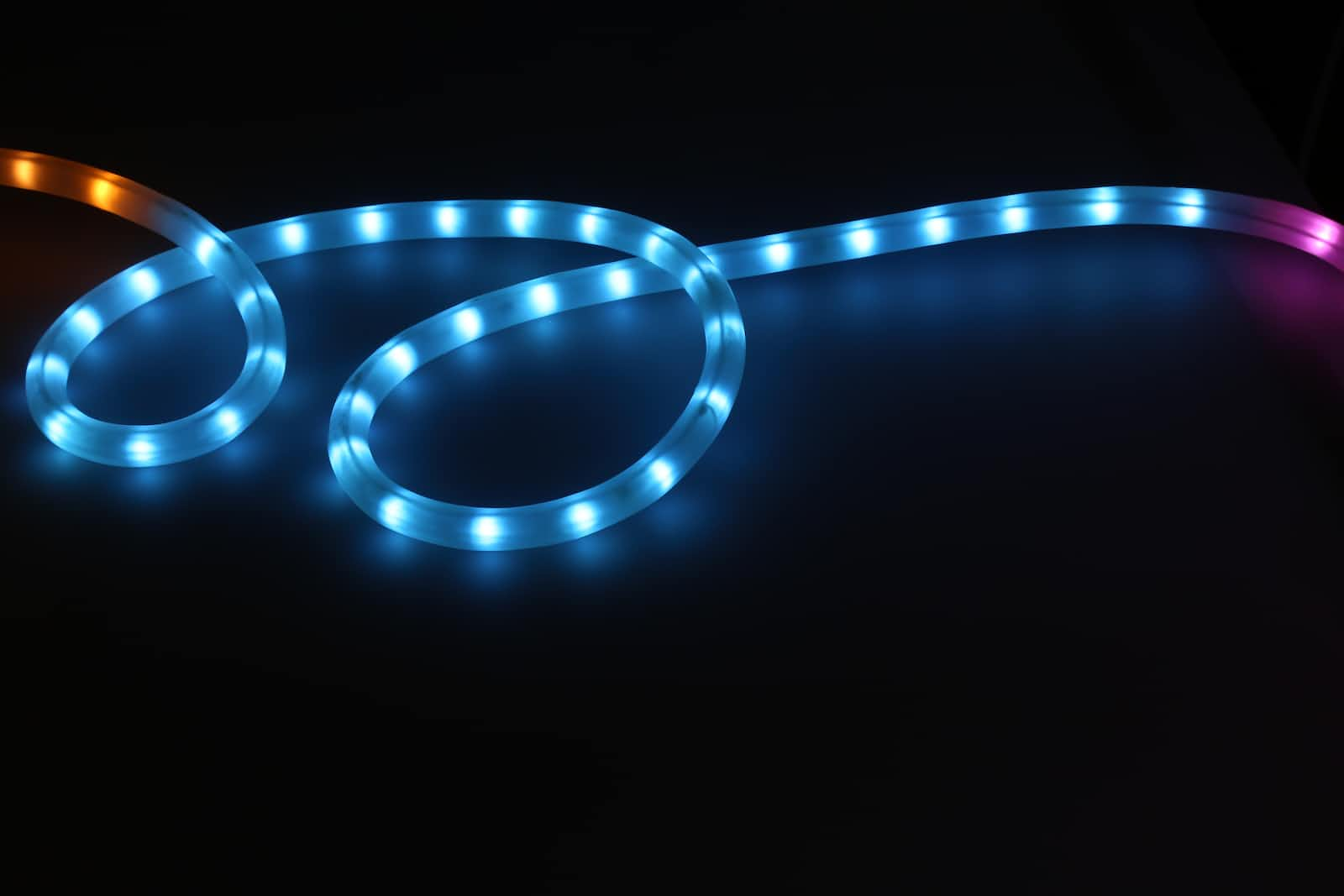Illuminating the Future: Part 1
 Aditya Thakekar
Aditya Thakekar
Introduction
Chapter 1: The Evolution of Lighting
Chapter 2: OLED Technology
Chapter 3: Laser Lighting Technology
Chapter 4: OLED vs. Laser Lighting
Chapter 5: Energy Efficiency and Sustainability
Chapter 6: The Future of Illumination
Chapter 7: Challenges and Obstacles
Chapter 8: Real-World Applications
Chapter 9: Consumer Adoption and Market Trends
Chapter 10: Conclusion
Introduction
Lighting has played a fundamental role in human civilization since the dawn of time.
From the flickering flames of primitive fires to the dazzling brilliance of modern LED bulbs, the way we illuminate our world has evolved dramatically.
Today, we stand on the cusp of a new era in lighting technology, one that promises to revolutionize how we illuminate our homes, workplaces, and public spaces.
This new era is marked by two cutting-edge lighting technologies: Organic Light light-emitting diode (OLED) lighting and Laser lighting. In this blog, we will delve into the transformative impact of OLED and Laser lighting, exploring their history, technologies, applications, and the immense potential they hold for the future.
The Importance of Lighting
Before we dive into the specifics of OLED and Laser lighting, it's crucial to understand the fundamental role that lighting plays in our lives.
Lighting isn't merely a practical necessity but an integral part of our daily experiences. The quality and character of lighting can influence our moods, productivity, and overall well-being.
Historically, human beings were beholden to the natural rhythms of daylight and darkness.
The invention of fire and primitive oil lamps allowed us to extend our activities into the night, forging a path toward the modern era of electric lighting.
Electric lighting not only banished the darkness but also paved the way for round-the-clock productivity, revolutionizing industries and urban life.
The evolution of lighting technologies has also been intertwined with energy efficiency and sustainability.
Traditional incandescent bulbs, once the dominant source of artificial light, were notorious for their inefficiency, converting a substantial portion of energy into heat rather than light.
This inefficiency prompted the development of more energy-efficient alternatives, such as fluorescent and compact fluorescent lamps (CFLs), significantly reducing energy consumption. However, even these technologies have their limitations, including the presence of toxic materials like mercury in CFLs.
OLED Technology
One of the most promising advancements in lighting technology is OLED, which stands for Organic Light Emitting Diode.
OLEDs are unique in that they consist of organic materials that emit light when an electric current is applied. This fundamental difference sets them apart from traditional lighting technologies, which rely on incandescence or gas discharge to produce light.
OLEDs offer several significant advantages over conventional lighting sources.
First and foremost, they are skinny and lightweight, allowing for flexible and even transparent lighting panels.
This characteristic makes OLEDs suitable for a wide range of applications, from lighting installations on curved surfaces to integrating lighting into architectural elements.
Additionally, OLEDs produce soft, uniform light with excellent color rendering, replicating natural daylight more faithfully than many other lighting technologies.
Laser Lighting Technology
Laser lighting represents another groundbreaking development in the world of illumination. Lasers, which have long been associated with precision and intensity, offer unique properties that make them well-suited for lighting applications. In laser lighting, coherent light is generated through the stimulated emission of photons, resulting in highly focused and directional beams.
Unlike traditional light sources that emit light in all directions, lasers can be precisely controlled to deliver light where it is needed most. This property opens up new possibilities for applications like automotive headlights, where laser beams can be directed to illuminate specific areas of the road. Laser lighting is also highly efficient, converting a large portion of electrical energy into visible light, which contributes to energy savings.
Subscribe to my newsletter
Read articles from Aditya Thakekar directly inside your inbox. Subscribe to the newsletter, and don't miss out.
Written by

Aditya Thakekar
Aditya Thakekar
🎯 I help companies build products with 💡NRF52,ESP32,STM32 🤖Sub-1ghz,Wifi,BLE ⚡Embedded Firmware Developer 📧 IoT Consultant 👨💻 Technical Writer,Blogger.